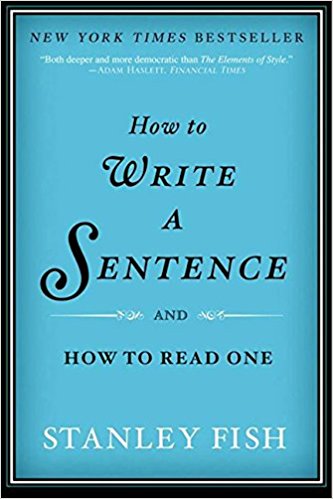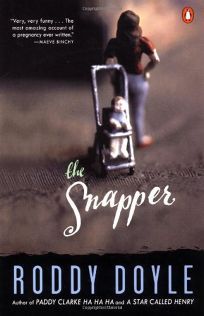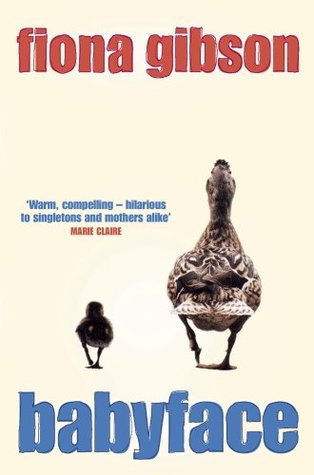
How to Write a Sentence and How to Read One
by Stanley Fish
This was a good book that, for me, just missed being a great book.
I wanted to read this one because I am planning to give my AP Language and Composition class some kind of writing guide next year; I am considering Strunk and White, and William Zinsser’s On Writing Well; I went to Barnes and Noble looking for those two (Which I used to have, dammit, and I don’t know what I did with – presumably I donated them both at some point. The book-hoarder in me is righteously pissed.) and came up with this one, instead. It’s a slender book, which will appeal to my lazy-ass students, and I really liked the beginning of this, when Fish starts talking about how you have to master the basic building blocks of writing before you can really read well or write well – and the basic building block, he says, is the sentence.
Professor Fish (A title I cannot resist using) goes on to talk about what a sentence is and what a sentence does, and he does it without resorting to grammar, and he does it with some wonderful examples from literature; this was where this book was on its way to being a great book. Reading the first four chapters or so, I was getting more and more excited about giving this one to my students: it is in plain English, and it breaks down the sentence beautifully, talking about form and content both, showing how the rules of English allow for magnificence that is only magnified if you really understand what the author is doing. Professor Fish also recommends a writing exercise that I appreciate (though honestly, I don’t do it enough; I will start) that I learned in my upper-division college composition course, which is imitation of the form of beautiful sentences with original subject matter.
So I was loving it: and then I got to about the fifth or sixth chapter. This is where Professor Fish divides sentences into two basic structures: hypotaxis and parataxis. Hypotaxis is a sentence where the elements are subordinated, put into a definite structure with a basic root element and then other elements that branch off of that basic root. Parataxis is basically (I’m oversimplifying. Poorly.) stream-of-consciousness, where the pieces of the sentence are added without any particular relationship other than an additive one. This is a weird lens to view sentences through, and it isn’t one that my students will get. He spends two chapters on it, one on each structure, and while the hypotaxis (The simpler and more common sentence type, despite the complex definition I have given and failed to clarify) chapter is easy enough to follow, the parataxis one is not. The few chapters right after that don’t get any simpler, and Professor Fish lost me – which means he hasn’t a prayer of keeping my students.
I also have to say: I wish he had branched away from the classic canon of literature in finding his examples. I am not particularly enamored of Jane Austen; I prefer James Baldwin, maybe Edward Abbey, certainly Diane Ackerman. I have more recently been re-reading Douglas Adams, and I have to say: I have found my sentence examples for my students. To wit:
“The dew,” he observed, “has clearly fallen with a particularly sickening thud this morning.”
–from Life, the Universe and Everything
Now: with more effort from me, this book will likely be perfect for my students; I’ll need to explain those later chapters for them, and spend some time finding better examples of good sentences. I’m thinking I may just have them read excerpts from this book – and then buy Strunk and White.
This was a good book for me to read, as a writer and teacher of writing. Not sure it’s great for a student of writing, but I will put it to my students, in some way, and then report back.
Advertisements Share this:




